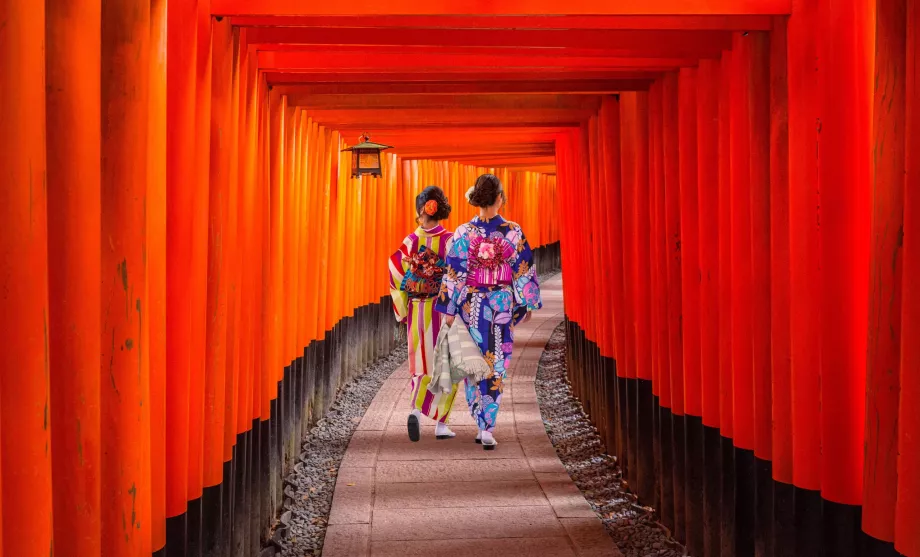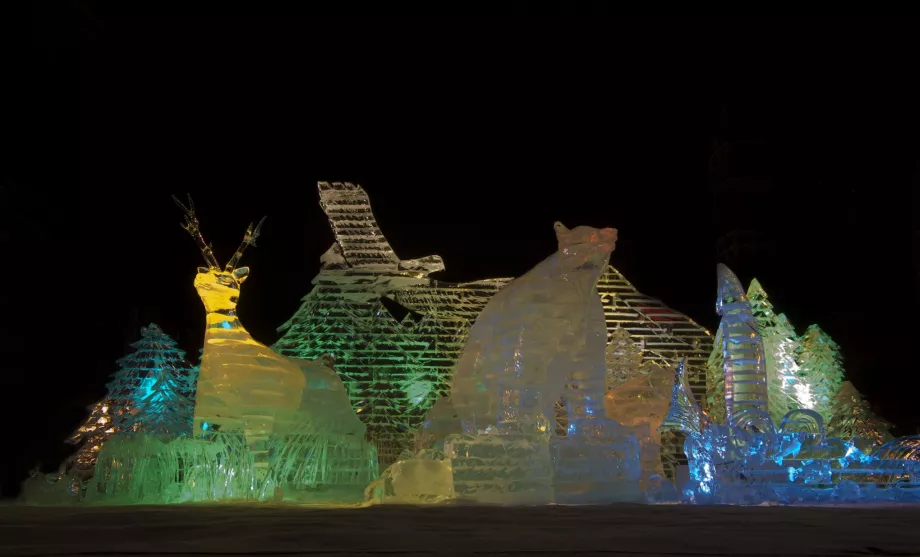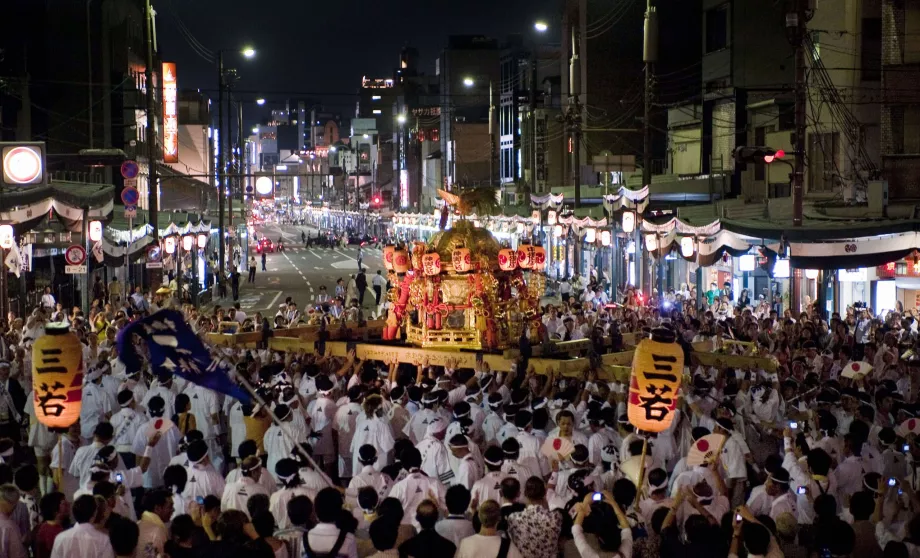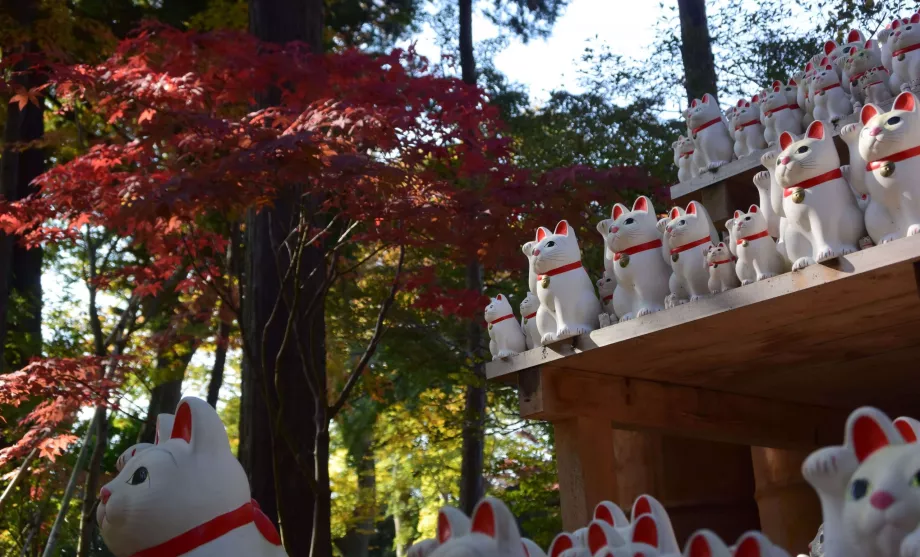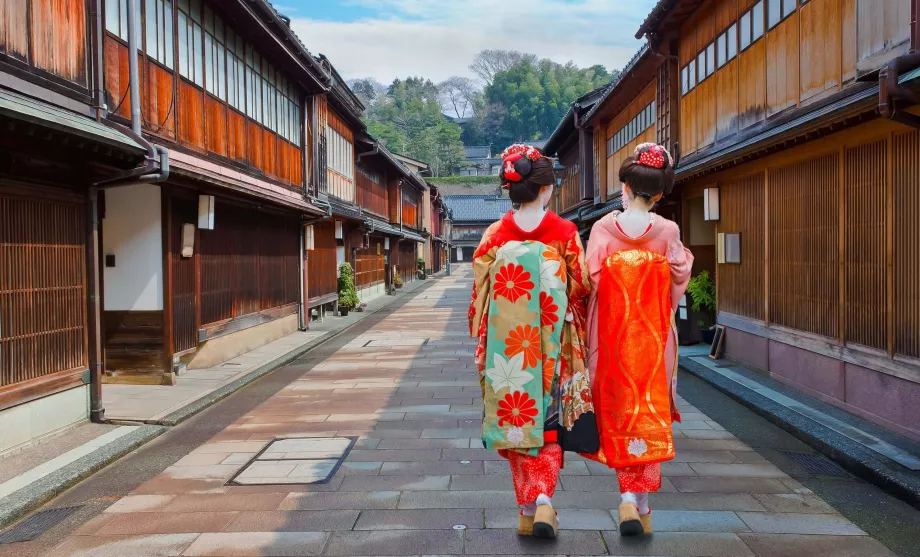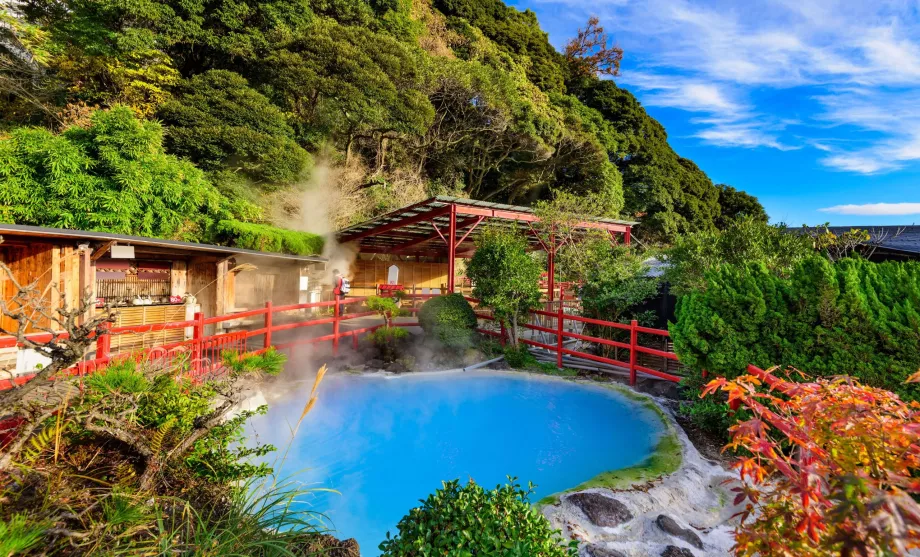Culture and history of Japan
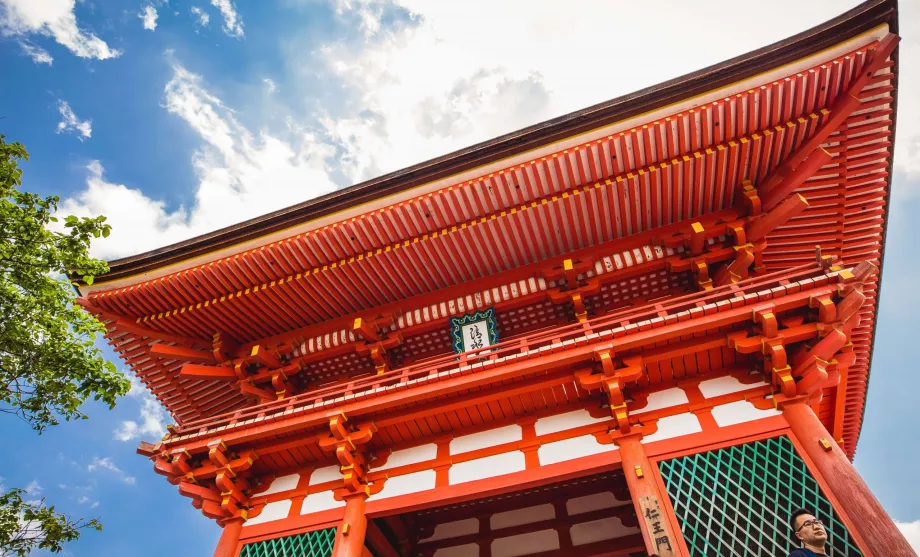
How easy is it to speak English in Japan? What are the Japanese like and when are shops closed in Japan?
Language
The only official language in Japan is Japanese.
The Japanese language is unlike any other language in the world. This is completely untrue of the script, which is based on the syllabic alphabets of hiragana and katakana and the complex kanji characters. Kanji in particular comes from China, and many of the characters mean the same thing in Chinese, but are pronounced differently.
The Japanese have far fewer characters than the Chinese, they combine many words with hiragana or transliterate foreign words in katakana. This is mainly because of the difference in pronunciation. Japanese has many polite ways of expressing themselves.
Japanese don't speak English very well, however, you won't have a problem with English at important tourist places.
If you go to rural and remote areas, it is recommended to have an offline translator app installed, which will be very useful.
People
The Japanese are very nice and hospitable people who are very particular about being polite not only to themselves but especially to others. Therefore, even tourists tend to be embraced with friendliness and helpfulness.
However, despite the crowds of visitors, the Japanese are not exactly used to foreigners. Most of them do not speak English, and if they do, it is often with a strong Japanese accent, and in the presence of foreigners some may feel nervous.
Even with a good knowledge of Japanese culture, it is very difficult to fit into their society, which is very complex, and many Japanese people also struggle to do so.
The Japanese are a proud and nationalistic people. The islands are overwhelmingly (98%) Japanese, with around 600,000 Koreans and less than 400,000 Chinese.
Holidays
There are 14 national holidays celebrated in Japan, with Hallowen and Christmas, based on the American model, being very popular, but these holidays are mostly celebrated only by young people with their friends.
As a visitor, the real Japanese holidays - the festivals (macura) - should not be missed. These are traditional festivals, some of which have been celebrated for centuries throughout Japan.
January 1 Ganjitsu-Shōgatsu (New Year)
Traditionally, the entrances to houses are decorated with ornaments made from oak wood, bamboo or kagami mochi - ornaments made from mochi rice cakes.
Another important ritual of welcoming the New Year is a visit to a Shinto temple, where the Japanese ask the gods and idols for an auspicious year.
Except for a few religious minorities, this is the most widespread custom and the most famous and sacred temples are literally packed with people on New Year's Day. Traditional New Year's dishes include the aforementioned mochi and amazake, a sweet sake that is not necessarily alcoholic.
February 3-4 - Secubun (Devil Exorcism Festival)
This holiday began to be celebrated in the Edo period. Devils (Oni) go house to house and the inhabitants of the houses drive them out of their dwellings with beans.
According to an old legend, the most evil and strictest of all devils will return when the beans bloom. They also go often to temples where they scatter or give away beans.
First week of February - Sapporo Snow Festival
The Sapporo Yuki Festival is one of the biggest festivals of the year in Sapporo, held in February for one week.
The festival was founded by students in 1950 when they built snow sculptures in Odori Park, the center of Sapporo. Today, a dozen large sculptures are found around the festival along with hundreds of small snow and ice sculptures. The festival hosts concerts and other smaller events.
March 3 - Hina macuri - Feast of the little girls or dolls
Dolls of the Empress and Emperor and their servants and musicians dressed in Heian period clothing are displayed on pedestals.
The dolls were believed to contain evil spirits. The customary drink of this holiday is amazake, a sweet and non-alcoholic type of sake made from fermented rice; the usual food is a colorful arare pastry the size of a biscuit and flavored with soy sauce.
April - Hanami
The Sakura Blossom Festival is celebrated throughout Japan.
The first Sunday in April - Kanamara Matsuri (steel pye festival) Kawasaki
A fertility festival that is especially popular with transvestites, gays and other sexual alternative subcultures.
A similar festival, but in a more traditional vein, is the Hōnen Festival. It takes place on March 15. 'Hōnen' means 'successful year' in Japanese, referring to a bountiful harvest.
The Hōnen festival and ceremony celebrates the blessings of a generous woman and all kinds of prosperity and fertility. Very popular with foreigners due to its apparent bizarreness.
May 5 - Kodomo no hi (Children's Day)
It is a holiday for children or also boys. Huge cloth or paper koi carp (koinobori) are made and are usually hung over the river in whole crowds.
In the last week of April, samurai armor (ama) is displayed in Japanese homes, just as dolls were displayed during Hinamatsuri in March. The display of samurai figurines or just samurai armor is identical to Hinamatsuri, and again there are a number of rules about how to display it and what to display.
May 15 - Aoi Matsuri, Kyoto
The first mentions of this holiday appear as early as the 7th century. During the festival, messengers leave the Imperial Palace and travel to Shimogamo Shrine and then Kamigamo Shrine.
The procession participants are dressed in costumes from the Heian period.
July 7 - Tanabata (Lovers' Day)
According to Chinese legend, about two constellations Vega (princess) and Altair (shepherd) who were in love but forbidden to meet.
Only on this day the constellations come together and they can see each other. People decorate shopping malls with huge paper products and colorful tanzaku wishing papers are hung on bamboo. The most beautiful and largest is in the city of Sendai.
July 13-16 - Obon (Day of the Dead)
A Buddhist holiday (mainly celebrated in the Kanto area) when most Japanese go to the cemeteries.
It is believed that on these days our world and the world of the dead are connected. In the evening, people gather for a festival and dance around the yugara Bon odori dance to the sound of the taiko drum. In Kyoto, it is celebrated in the evening by lighting huge bonfires in the shape of different characters on the hills around the city, so the souls of the deceased can more easily find their way to heaven.
July 19 - Tōrō nagashi (floating lantern festival)
Held in conjunction with Obon matsuri. The lanterns symbolize the souls of the deceased departing to the other world. Often used, for example, in Hiroshima to honor the victims of World War II.
July - Gion Matsuri - Kyoto
The most famous and largest festival in Kyoto. It is full of parades, dancing, singing, food and much more.
August 2-7 - Nebuta Matsuri - Aomori
A parade of giant glowing figures made of paper. Most often they represent warriors during famous historical events.
12-15 August - Awa Odori -Tokushima
The most famous is the zomeki dance, which is most often danced by women in special costumes. The festival is often associated with Obon matsuri and is Buddhist in nature. The dance is meant to ward off evil spirits and celebrate the souls of the dead.
22 October - Jidai Matsuri - Kyoto
Is mainly a historical parade of all periods of Japan. The only documented female samurai warrior Tomoe also walks through the parade.
Although well known, it is a relatively young festival. In the evening, the Kurama no Hi-Matsuri fire festival also known as Daimonji after the giant characters burning on the hills. The fire is meant to symbolize the souls of the dead.
There is no fixed date for some of the festivities, each year they can be moved up a few days
Culture
There are countless shrines and temples in Japan. What are they dedicated to? In Japan, not only Buddhism is widespread, but also Shintoism to a large extent.
Shintoism is found exclusively in Japan and deals with its own mythology, which has been in Japan much longer than Buddhism itself.
With the advent of Buddhism, the two religions tolerated each other and in some cases even merged into what is known as Shinto Buddhism due to the fact that they have many similarities.
The Japanese observe all holidays and festivals associated with it, even though they say they do not believe in any gods. Despite their atheism, the Japanese are a very superstitious people. A Shinto shrine can be recognized by the fact that there is a large Torii gate in front of it, which Buddhist temples do not have.
Traditional things you might encounter
Lucky charms
Tanuky - an idol for good luck in the form of a raccoon, statues of which are placed in front of shops or houses. In superstition, Tanuky has a pleasant friendly nature, but he can change shape. He is also associated with fertility, not only in statues, but also in ancient woodcuts his genitals are enlarged to comical proportions.
Omamori - a small coloured cloth bag with a paper or wooden oracle inside. They can be bought in temples and shrines. You can tell what they are for by their colour, for example red is the colour of good luck.
Cranes - the crane is a sacred bird in Japan, a symbol of long life, and is also known for origami, where it is the most folded object (folding paper into different shapes). It is origami that can be noticed in many temples and shrines in the form of long paper garlands, it is just cranes folded behind each other. The Japanese believe that if you fold 1,000 cranes, you will be cured of illness. The largest number can be found in Hiroshima, where people symbolically fold them for the victims of the atomic bomb.
We knowthe manek neko - a golden cat with a raised swinging paw - from Chinese restaurants or Vietnamese shops. It also has its place in Japan, and is designed to bring more traffic to any business. Its moving paw is meant to attract customers, in which case it has its left paw raised. With the right paw raised, it is supposed to bring the owner money, such maneky neko is usually golden. If both paws are raised, it is supposed to bring security to the house or business. The different colors determine what the statue specializes in.
Daruma - The large brow-white head without eyes may look scary at first, but it is originally that of the Zen monk Bodhidharma, who brought Zen Buddhism to Japan. Daruma, on the other hand, is an idol for good luck; when you have a wish, you paint his left eye, and when it is granted, his right eye.
Kokeshi - a traditional Japanese wooden doll. It started to be made in the Edo period and was bought by visitors to onsen (public baths) as a souvenir. The doll is made of cherry wood, which burns badly. People therefore bought them as a talisman against fire in their house.
Tea ceremony - based on Zen teachings. It is free from all unnecessary things and participants enjoy green matcha tea with wagashi dessert in peace but according to strict rules.
Martial arts - Kendo (Japanese fencing), sumo, karate.
Theatre - Kabuki is Japan's most famous theatre, performed exclusively by men, female roles not excluded. Little is known anymore that this theatre was founded and run by women for a long time. It was banned because women used it as a means of prostitution.
The jorury, or Bunraku, is a Japanese theatre performed with puppets. It is based in Osaka, where the art has been revived. The Noh Theatre presents plays performed by actors who wear masks when they perform.
Kimono/yukata - the term kimono is very well known in the world. It is a traditional Japanese garment that is especially admired by geishas and maiko due to the huge variety of colours and embroidered motifs on silk. The kimono is made up of several layers, and if you want to get one, it won't be a cheap affair. On the other hand, the yukata is a summer version of the kimono and is affordable and lightweight. The Japanese wear it often, especially during the summer when matsuri and hanabi are held. There is nothing wrong with a foreigner getting a yukata and wearing it to a festival, but be careful not to wear a plain robe instead of a yukata, which is often offered to tourists as a yukata or even a kimono, as you would be a laughing stock to the public.
Bonsae - small dwarf trees, encountered in Zen gardens.
Ikebana - traditional flower decoration, often used in teahouses where they enhance the overall Zen atmosphere.
Yakuza - the Japanese mafia, which actually operates in Japan underground and is tolerated by the state. It is the yakuza who are the first to help their country in any disaster. Yet ordinary people are wary of them. If a Japanese or even a foreigner has a tattoo, he is automatically associated with the mafia. That's why it's forbidden to show tattoos in public, especially in bathhouses and swimming pools.
Onsen - onsens are Japanese baths, due to volcanic activity they have been used for relaxation since time immemorial, some springs have healing effects. The Japanese are very clean and it is a tradition to wash at least once a day. They use the baths as a social pastime. Many old houses do not have a bathroom, but earlier onsen are used as a public bathroom.
Pop culture
Karaoke - is one of the main entertainments in Japan and it doesn't matter if you can sing or not. Karaoke bars are incredibly numerous in Japan.
Anime and manga - anime cartoons or manga cartoons are experiencing a big boom in our country as the main idol of today's pop culture. There is something for everyone among the wide range of genres and artistic styles. Fans of anime and manga are called otaku.
Purikura - is a very popular photo machine especially among young people, the special feature of this machine is that it automatically adjusts you in the photo, enlarges your eyes, smooths your face. After taking the photo you can edit your photo in any way you want, add something or add a picture. The machine will then give you 2 photos that are also stickers. Each vending machine has a different design to cater to the huge demand of people who keep taking pictures. In some of the more specialized rooms where these machines are, you can even rent costumes to make taking pictures with your friends more fun. You can find vending machines in shopping or entertainment centers all over Tokyo.
Pachinko - a very popular metal ball slot machine. The prize is not money, but material household items. Many players are so experienced that they can furnish their apartment for almost free, but spend long hours at it.
Tourism
The level of tourism is high. In Japan they pride themselves on high quality services of all kinds. Many tourists are attracted to Japan for several reasons.
Japan is the pearl of the Orient, it has many preserved monuments, a rich history and a culture so specific that it cannot be mistaken for any other.
It is also a safe and rich country, unlike some (perhaps equally interesting) parts of Asia.
Geography
Japan lies on the eastern edge of the Asian continent. The country is made up of a chain of islands in the western Pacific Ocean. The largest islands are (from north to south) Hokkaido, Honshu (the largest island), Shikoku and Kyushu.
The largest and most important island of Japan is Honshu. On its eastern coast lies the capital Tokyo and the highest mountain Fuji. To the west of Tokyo we find cities such as Nagoya, Osaka and historic Kyoto.
To the south of Honshu lies Shikoku, an island with beautiful scenery and hot springs. It is a relatively sparsely populated island, a popular place for relaxation and lovers of nature and art.
Kyushu is an island in the southwestern part of Japan famous for its many volcanic springs and spas. It is home to many major cities such as Fukuoka, Beppu and, thanks to the tragedy, the famous Nagasaki.
Japan's last major island is Hokkaido. It is the northernmost island of the Japanese archipelago. In terms of cultural traditions, it is not a typically Japanese island, as it was only annexed to Japan in the late 19th century. It is an ideal place for winter sports and winter festivals. It has a typical cuisine and an already relatively cold climate.
These islands include a group of smaller islands in the immediate vicinity as well as islands further afield, such as Okinawa. The total length of the coastline of all the islands is 33 889 km.
Japan is a largely mountainous country. The highest mountain is Mount Fuji(3 776 m). People are concentrated mainly in coastal areas. The population density is very high; Japan is the 37th most populous country in the world.
History in a nutshell
Japan has a long and tumultuous history, which the Japanese people still acknowledge today and continue to draw inspiration from, as they are rightly proud of their culture.
The first prehistoric settlement of the Japanese islands dates back some 30,000 years. Japan has long been inspired by the advanced culture of China, and we can see bites of elements taken from the mainland but adapted for Japan's own use. Thanks to trade and political relations with China, Japan developed rapidly.
In the 6th century, Buddhism came to Japan and significantly changed the whole society. The Nara period begins, the city of Kyoto is founded.
The Heian period, at the end of the 8th century, started a great cultural and artistic development. In this period, the power of the imperial court gradually declines until it completely collapses, triggering a war of power between the various ruling families. In the Kamakura period, the shogunate, a system of military rule, is established.
Between 1274 and 1281, there were two attempts and a Mongol invasion of Japan. Both ended in failure due to the work of nature, typhoon but also the defense of the samurai.
More political unrest followed, culminating in the great Warring States Period, the Sengoku jidai, which lasted over a hundred years and ended with the giant Battle of Sekigahara, after which Tokugawa Ieyasu established the last shogunate and thus began the glorious Edo period.
This lasted until 1868, when Japan was forced to open its ports to the Americans. At the time, it was an incredibly backward country, as it hadn't undergone any development in nearly 300 years thanks to peace and the closing of all trade and political interaction with neighboring countries.
The late 19th century was therefore a period of great change and rapid modernisation for Japan, culminating in several wars and armed conflicts both in Asia and on a global scale.
After losing the Second World War, Japan took a long time to pull itself together.
However, thanks to national spirit and financial assistance from the US and the victorious powers, industry and infrastructure were quickly rebuilt. Today, Japan is one of the most technologically advanced countries in the world, but has retained its rich traditions.
Any questions left?
If you have any questions or comments about the article...

